At ACE HSC tuition, we know how important the biology exam is for students looking to achieve a science degree at university and how frustrating it is when one test defines your whole career path. So let’s go through some best practises for taking the exam, so you can get off on the right foot.
Answering Those Tricky MCQs

The first section of the exam is the multiple choice questions. First rule of thumb, always consider how the question might be worded and what it is really asking for (i.e., are there any tricks to it?). In the biology exam, multiple choice questions almost always refer to a part of the anatomy/organism, its purpose/function and how it reacts/changes composition when a particular function/purpose is applied to it by another source.
Read the entire question again and work on unpacking exactly what it is asking rather than going with your first impression, which may have missed some crucial nuance. Is it asking about a certain part of the anatomy and its core function? Or is it asking about a specific situation in which the part of the anatomy has a particular type of reaction? Once you read the question a couple of times and recognise the anatomy, situation, and reaction being addressed, the question will look very different. You can underline the situational variant in the question or separate the question into its relevant/irrelevant statements.
Planning Out The Long Form Questions
Always read the summary provided, which will give you the context of the situation. Once you have read the context summary, you can begin to answer the questions.
Break down the question into its key components and be sure to respond according to what they have asked. You won’t get extra marks for knowing things that were not directly mentioned in the question.
Instead, take a deep breath and plan out the spacing in the answer section that covers each part of the question that needs answering.
For Example: Q: What is the significance of the Lamarckism theory of evolution and what relevance does it have today?
Example A:
Part 1: Lamarckism is one of the first theories of evolution that refers to transformation and inheritance of traits through one’s environment and direct environmental changes.
Part 2: While it is not currently accepted, it was the building block for many theories developed later that explored environmental impacts as being responsible for evolutionary changes in multi-organism species.
Short and to the point, just what this style of question needs. There is nothing worse for an examiner than finding a student has squashed their written answers into an indecipherable blob.
Getting Lost In The Question

The HSC biology exam does have many “easy to answer” questions throughout its pages; however, it is easy to get lost, especially if you are very confident about the subject matter.
During your reading time, figure out what exactly is required in your responses and what would be the best approach to answering them well. Would a figure diagram add more marks? Do you need to list related theories and their known correlations? Are you being asked to show your understanding of the concept/theory or not?
There is nothing wrong with drawing a figure diagram if you can draw it well; it can be quite soothing, but it can take up time better spent answering other questions that will likely get you more marks.
Now that you are ready to start the exam on the right foot, it’s time to revise, memorise and practise, practise, practise. If you are keen to learn more about the HSC Biology exam and good reference study habits, then visit our blog for more insightful articles.
Think you need an HSC Biology Tutor?
ACE HSC Tuition offers tutoring programmes near you for both Year 11 and 12 Biology, in line with the latest syllabus. Call ACE HSC Tuition on (02) 9874 7045, email us, or make an enquiry about finding HSC Biology tutors near you.


